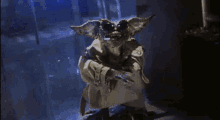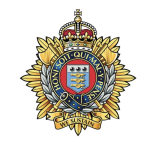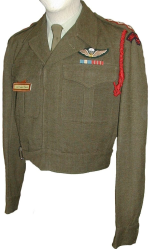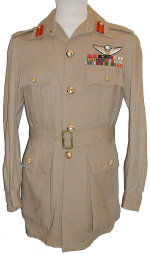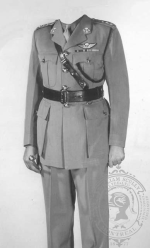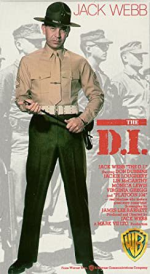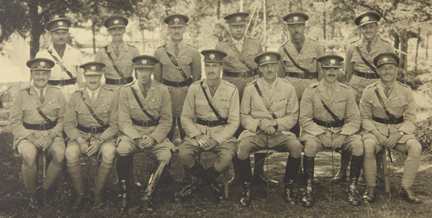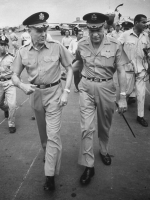You're kind of off the mark. As far as the Army berets are concerned:
Army Blue - RCCS, RCEME, RRCA, C Int C
Khaki - Foot Guards
Black - Armoured/Cav
Rifle Green - RCE, RCLS, RCChS, RCMS, RCDC, Rifle Regts, Infantry, Everyone else that's still "Branched" in a triservice role.
Maroon - Airborne
Scarlett - MPs
Tan - SOF
Army members of the RCLS still wear the Rifle Green beret. Going back to lineage, the beret colour used for the RCASC and the RCOC were Army Blue (General Service) as were the RCE, RCAMC, RDCD, and everyone else.
Granted when green was the norm with Unification, green berets made sense because it matched. Now that we (Army) are returning to an
Army Service Dress, it would make sense to have those in "Purple" branches adopt Army historical accoutrement. This already has been seen in the RCCS and C Int C, sonI hope that RCLS, RCMS, et al are given their marching orders with this change as well.
I also hope this hastens the death of the "Branch" identifiers (note: Identifiers, not structure. Structure makes sense) that is no longer relevant in our current Army imaging and branding.I have no idea of how authoritative this
website is, but it does mention the colours of berets used by the Canadian Army in the 1950s.

